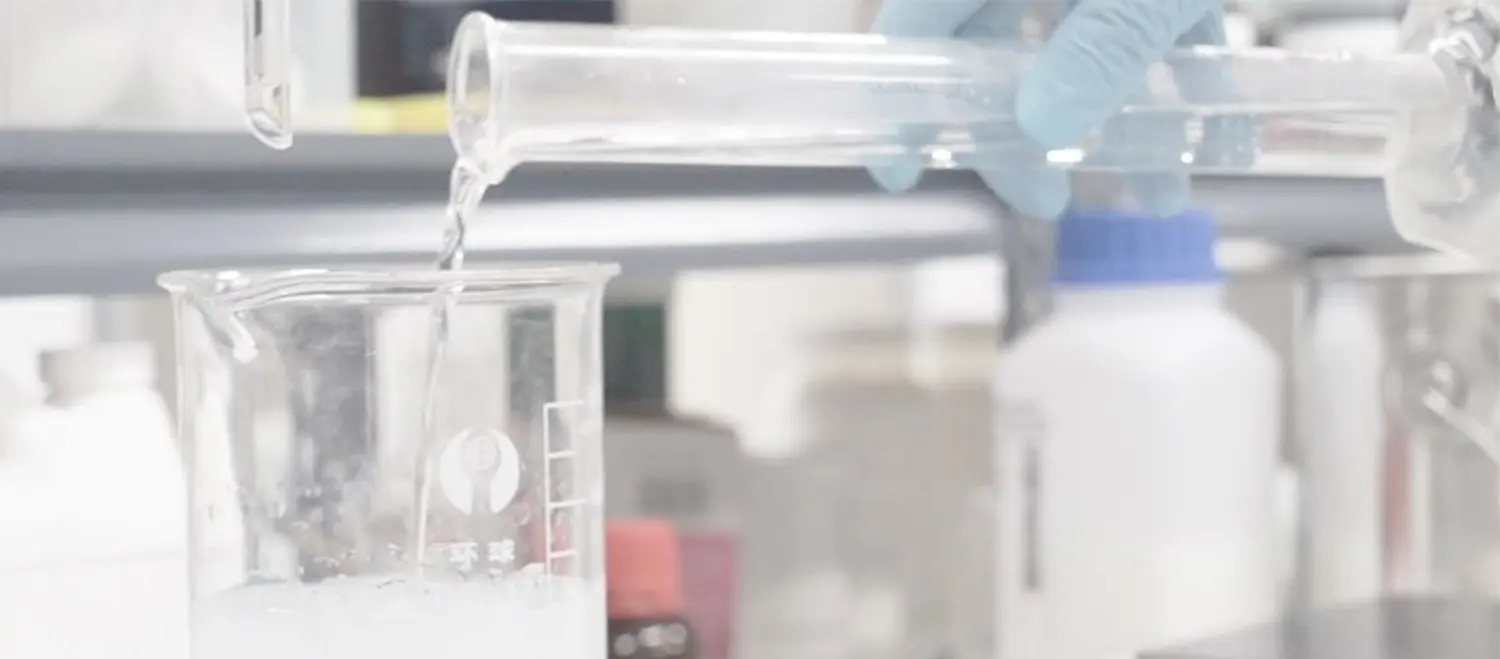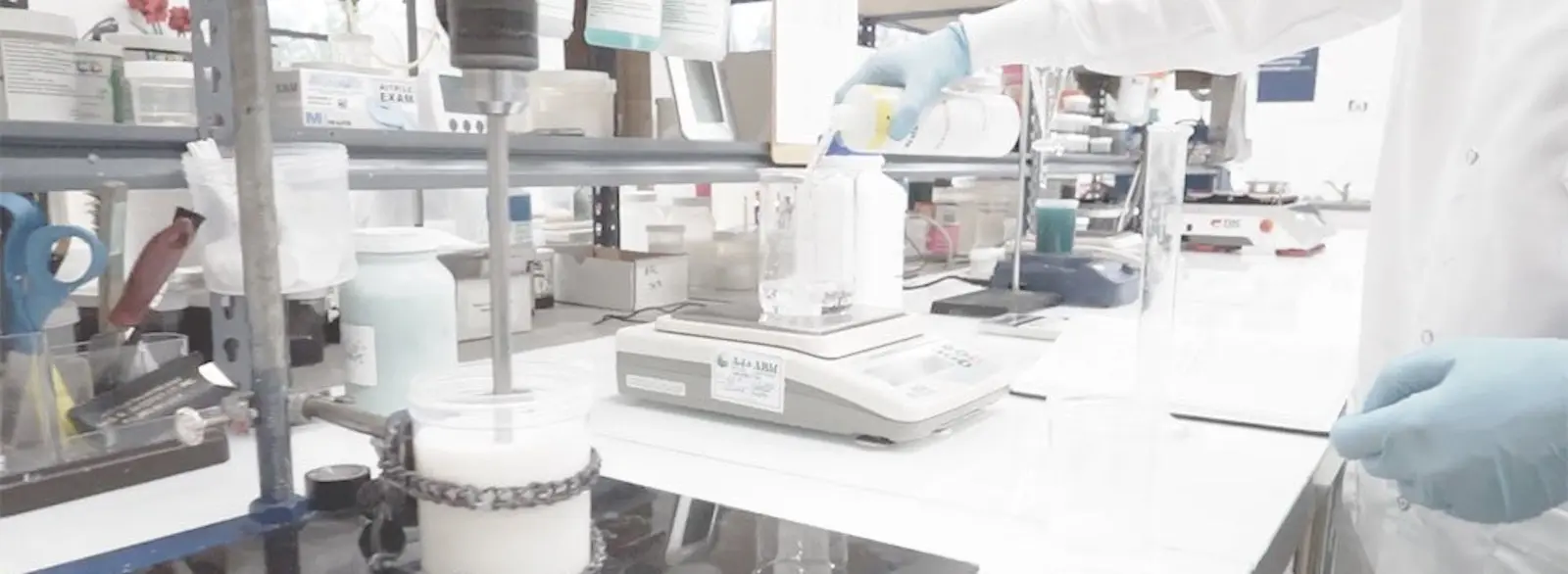Demand For Environmentally Friendly Coatings
The demand for sustainable coatings is increasing on all ends of the supply chain spectrum. On one side, consumers are becoming aware of the environmental impact of traditional coatings and are demanding alternatives, and on the other hand coating manufacturers are striving to improve the environmental performance of their products to meet these demands. These trends are further driven by ever stricter legislation from government, continually requiring the reduction of VOCs and sometimes outright banning individual components. The demand for sustainable and eco-friendly coatings is expected to continue to grow as both consumer and government push for greener products.
Water-Based Silicone Elastomer Benefits
The process of formulating a coating involves many considerations. The type of substrate, the desired properties of the coating, and the environment in which the coating will be used are just a few of the factors that must be considered. The formulation must also consider the compatibility of the ingredients, the stability of the mixture, and the manufacturing process. In addition, the health and safety of those who will be using the coating needs to be taken into account. The following sections will discuss various considerations when formulating a water-based coating and how silicone elastomers can improve the various aspects of the formulation.

Water based silicone elastomers deliver a silicone rubber binder in a latex form, which contain the same benefits as typical room temperature vulcanizing (RTV) silicones do such as:
- Outstanding UV and ozone resistance - This extreme environmental durability is generally due to the strength of the silicon-oxygen bonds which make up the backbone of polydimethylsiloxane (PDMS). An outdoor service life of over 20 years is not uncommon for silicone products, with some still performing even after 50 years.
- Low temperature flexibility – PDMS has a glass transition temperature (Tg) of approximately -125°C meaning the polymer remains flexible and retains its elastomeric properties in virtually all conditions.
- High temperature resistance - Typical silicone products are stable to 150°C for continuous use, and when properly formulated can tolerate temperatures up to 450°C for short periods. This again is due to the high bond energy of the siloxane backbone of 445 kJ/mol, which is much higher than the carbon-carbon bond energy of 347 kJ/mol. Additionally, the thermal degradation of siloxanes usually is the oxidation of the organic pendant (typically methyl) groups, eventually converting the polymer into a silicate glass. Depending on the application, this silicate glass coating will still retain many useful properties.
- Water resistance – The siloxane Si-O linkage is extremely flexible, with an energy of rotation around this bond of roughly 0 kJ/mol. This means the CH3(2)Si moiety freely rotates around the polymer backbone, giving a “shield” of methyl groups rendering the entire polymer extremely hydrophobic. This rotational freedom also gives the polymer a large free volume and hence a high gas permeability. The net result is that silicones repel liquid water but are permeable to water vapor (a gas).
Water based silicones carry a few advantages over traditional RTV silicones: namely that they are a latex. This water based nature gives easy water clean-up, and does not require coalescing solvents for film formation like traditional organic latexes. Being a latex, the viscosity of the material is independent of the molecular weight of the dispersed polymer allowing for much higher molecular weights than would be otherwise possible due to viscosity limitations. Waterbased silicone elastomers often have molecular weights on the order of 2x-3x higher than RTV silicones.
Stretch and flexibility of a cured sample of silicone water-based elastomer (SWBE).
Silicone Water Based Elastomers (SWBE) are easily incorporated into most waterborne formulations imparting a degree of silicone characteristics to the product. It is dependent on the exact formulation, but generally formulators can expect the following benefits from utilizing water-based silicone latexes:
- Improved weathering
- Improved flexibility
- Improved water resistance
- Increased water vapor permeability
- Reduced cosolvent demand
- Increased through dry for Alkyds and other oxidatively curing binders
SWBEs can also be used as the sole binder to formulate 100% silicone products for more demanding applications. These can be formulated into tough, rubbery elastomers which can be used for coatings, adhesives, and sealants. They are compatible with most waterborne ingredients, and can be formulated with commonly used water-based additives such as rheology modifiers, defoamers, wetting agents, etc. Due to the flexible nature of the siloxane polymer, silicone rubber elastomers do not need coalescing solvents for film formation. This can reduce the cosolvent demand of a formulation when an organic binder is partially replaced with a SWBE.
Most waterborne silicone elastomers are silanol functional which allow them to react with each other, most mineral or siliceous substrates, metals, and organic resins which contain active hydroxyl groups. However this functionality can be tailored to include other reactive moieties such as amino, thiol, alcohol, vinyl, and acrylic groups allowing for a wide range of formulating options.
Water-Based Silicone Elastomer Applications
A transparent silicone water-based elastomer (SWBE) enhanced coating was applied on the left side of a yellow painted concrete wall. After the surface was tagged, it was cleaned with a cold water power washer. The spray paint is easily removed on the left and does not budge on the right.
Applications for water based silicone latexes include:
- Release agents
- Water proofing
- Textile treatment
- Anti-graffiti
- Architectural
- Air and weather barriers
- Sealants
- Flashing
- Rain screens
- Sealers
- Dust mitigation
- Roof coatings
- Co-binders
Prioritizing Waterborne Silicone Sole Binders And Co-Binders

Water-based silicone elastomers (SWBE) have become increasingly popular among coating formulators and chemists due to their impressive performance properties. SWBE is a one-component silicone latex formulated to improve overall coating properties, making it an ideal choice for use as a sole binder or co-binder in water-based coating formulations.
The unique molecular structure of silicone elastomers makes them highly elastic, compressible, and resistant to cold temperatures. This makes them ideal for creating protective coatings for substrates that require flexibility and durability. Additionally, the methyl groups located on the outside of the coil structure can rotate freely, allowing them to quickly adapt to changes in temperature and humidity, ensuring that the coating remains effective even in extreme conditions.
Silicone elastomers also provide excellent water repellency, wetting, foam control, and abrasion resistance. This makes them the perfect choice for creating waterproof and anti-fouling coatings. Furthermore, they are also highly flame retardant, reducing the risk of fire due to thermal degradation of the polymer substrate.
In addition to these performance properties, silicone elastomers are also easy to formulate. This makes them a practical choice when considering sole binders or co-binders for water-based coating formulations. Furthermore, they are environmentally friendly and have low volatile organic compound (VOC) emissions, making them an ideal choice for those looking to create green coatings.
Due to their impressive performance properties and environmental friendliness, coating formulators and chemists should prioritize water-based silicone elastomers when considering sole binders or co-binders for water-based coating formulation. With their impressive range of benefits, silicone elastomers have become an essential component in creating durable and environmentally friendly coatings.
Conclusion
Overall, water-based silicone elastomers can provide many benefits to water-based coating formulations. They are easy to incorporate into formulations, have good stability and resistance to degradation, and are low viscosity. This makes them an ideal choice for formulators looking to meet sustainable coating market demands. To discuss the use of silicone elastomers in your water-based coating formulation project, contact one of our experts today!
Are you a chemist in need of a liquid sample for testing? If so, then look no further! ICD provides the highest quality liquid samples for chemists to use in their experiments. They are temperature sensitive, ensuring they remain stable throughout the testing process. Moreover, our samples are compatible with wet chemistry, making them the perfect choice for laboratory bench testing. So don't wait any longer, order your liquid sample today and begin your experiments with confidence!
ICD
High Performance
Coatings + Chemistries
7350 S. Union Ridge Parkway
Ridgefield, WA 98642
Driving Directions
(360) 546-2286
icd@icdcoatings.com
Monday - Friday 8am-5pm PST
© 2024 Industrial Control Development, Inc. - All rights reserved.Terms of Use | Privacy & Cookie Policy
Discover the PerformaSil® product line of Silicone Water-based Elastomer (SWBE) one-component latexes.